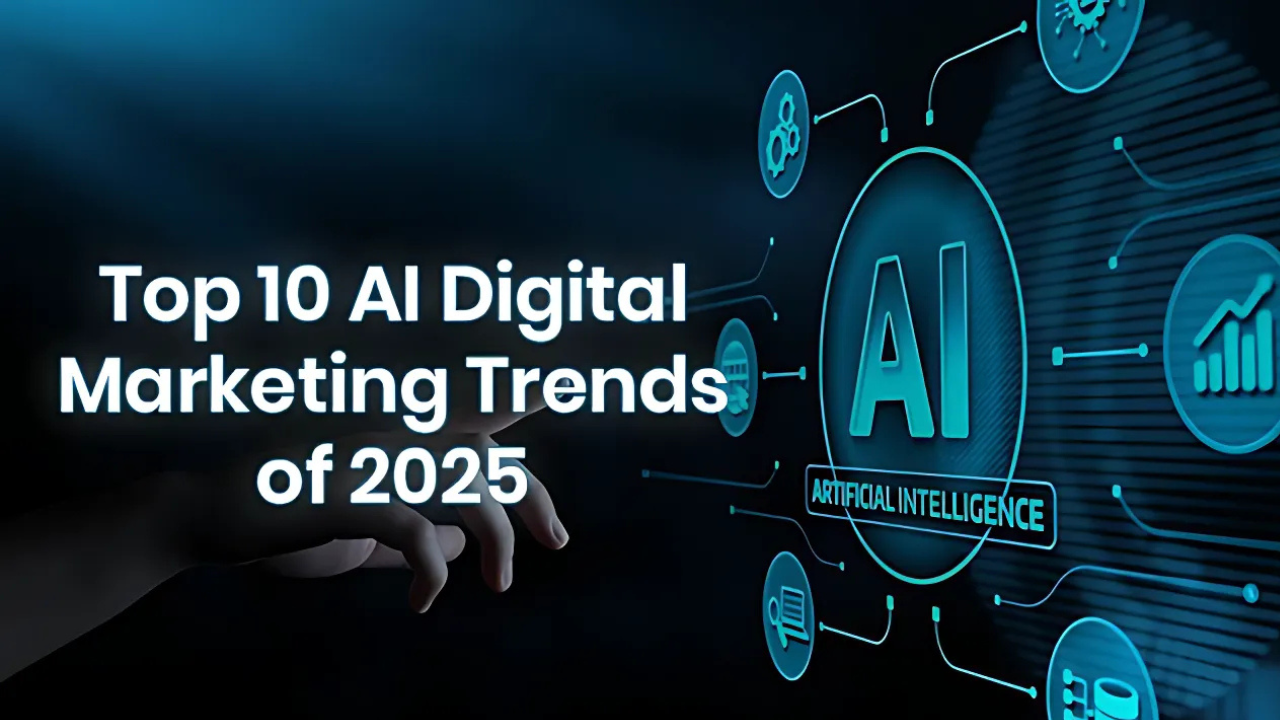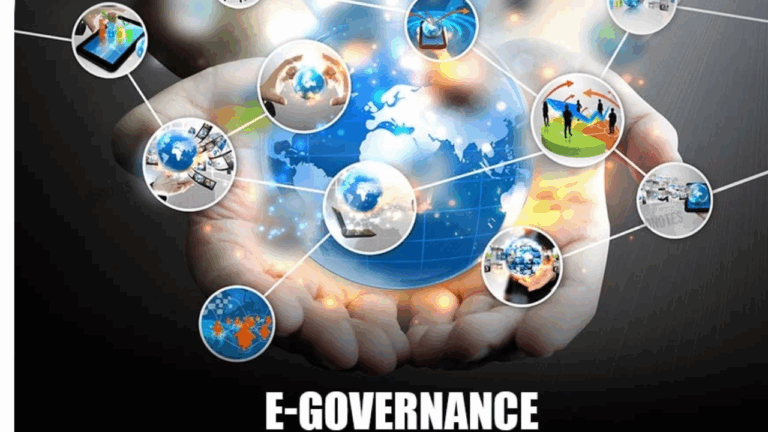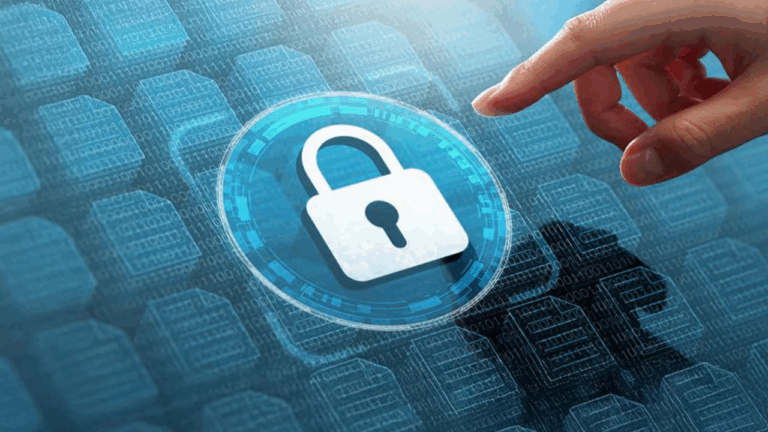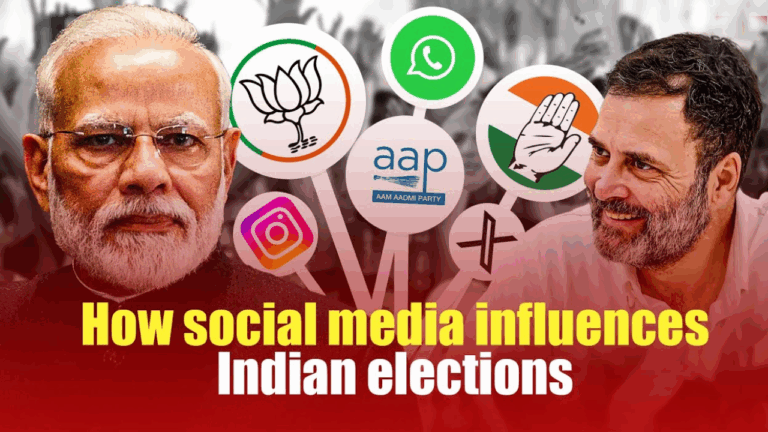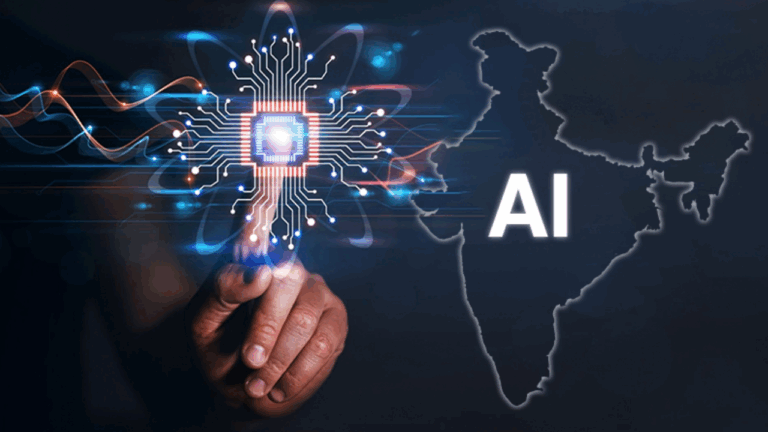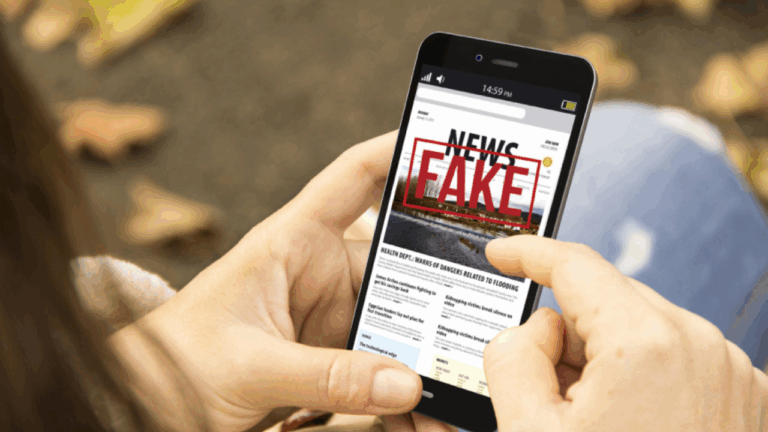Digital Campaigning 2025: From WhatsApp Groups to AI Chatbots, How Politics Has Changed
In today’s time, elections are no longer just about big rallies and poster banners. From WhatsApp forwards to voice notes, and now AI-powered chatbots, political campaigning in India has taken a smart digital turn.
Ahead of the 2024 general elections and looking at 2025 state elections, political parties in India have gone fully digital to reach voters — especially the youth and first-time voters.
Let’s break down how digital tools like WhatsApp, social media, and AI are shaping the future of Indian politics.
WhatsApp: The Most Powerful Political Tool
WhatsApp has become the go-to platform for political parties. With over 500 million users in India, it is used to spread messages, videos, party achievements, and sometimes — controversies.
Whether it’s BJP’s ‘My Booth, Strong Booth’ groups or Congress’ video campaigns, parties are using WhatsApp to directly connect with lakhs of people. Volunteers are trained to manage local groups and share regular updates.
But there’s a flip side too — fake news. Political rumors, edited videos, and false claims often spread like wildfire. This has led to concern and even warnings from the Election Commission and tech companies.
AI Chatbots: A New Face in Election Campaigning
Now, AI chatbots are changing the game. These are computer programs that chat with voters like a real person. They can answer questions about the party, its leaders, or even suggest voting dates.
Some popular features of political chatbots in India include:
- Answering voter questions in local languages
- Sharing candidate information
- Reminding people to vote
- Taking feedback from voters
Political campaigns now use chatbots on platforms like WhatsApp, Messenger, and even websites. Recently, a few Indian startups like Sarvam AI have launched AI tools that can handle conversations in Indian languages — making outreach more personal.
Social Media + Influencers = A Winning Formula
Apart from AI and messaging apps, Instagram reels, YouTube shorts, and X (formerly Twitter) have become powerful for image building.
Many parties hire influencers and micro-creators to promote their messages, directly targeting urban and semi-urban voters. Political leaders are also becoming more active online — posting behind-the-scenes videos, speeches, and campaign teasers.
Some major trends include:
- Use of catchy slogans and memes
- Emotional video stories of voters
- Reels with trending music + political messaging
This has helped parties connect with young Indians who may not watch news channels but scroll Instagram daily.
Deepfakes and Digital Warnings
The biggest concern of 2024 and 2025 campaigns has been deepfakes — AI-generated videos that look real but are fake.
In some shocking cases, videos of leaders saying things they never said were shared to mislead voters. This raised serious questions on ethics and truth in digital campaigns.
The government and social platforms are now working on fact-checking tools and report buttons to stop the misuse of AI.
Digital Training for Party Workers
Political parties have started training their own leaders and workers in digital campaigning.
For example, Congress recently began training MLAs in AI usage and social media to strengthen their online presence. BJP has already built a vast digital volunteer network across states.
The idea is simple: If voters are online, leaders must be too.
Final Words
Digital campaigning is here to stay. From WhatsApp to AI chatbots, political parties are adapting to modern ways of communication. But with great power comes responsibility. Parties must balance smart strategies with honesty and ethical use.
As we move towards the 2025 elections, voters too must be aware — and always verify before they believe.
For more political stories, global news, and digital trends, visit Social Impact Insight

